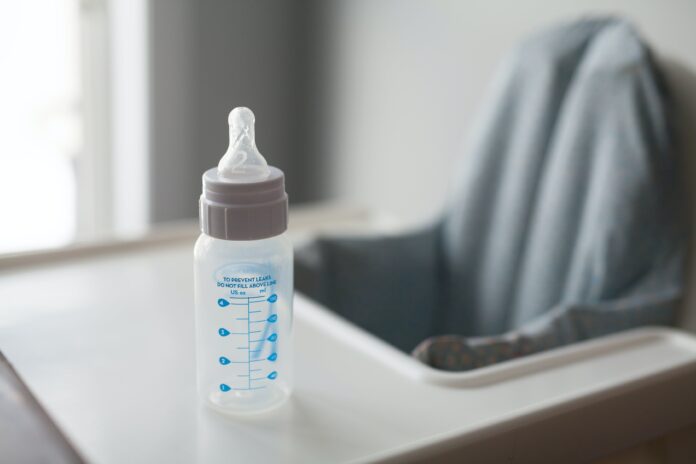Between September 2021 and February 2022, the Food and Drug Administration received complaints that infants became ill and perished after consuming powdered baby formula. These formulas were eventually traced back to a large manufacturer in Sturgis, Michigan. After a stern warning from the FDA, the plant shut down and issued significant recalls. Other producers quickly followed their lead.
The result was a crippling baby formula shortage that lasted more than a year. As store shelves remained barren for months, parents took drastic, sometimes dangerous, actions to help their children. Some tried making homemade baby formula. Others rationed their supplies—which can lead to seizures. Many turned to black markets, relying on questionable websites claiming to sell foreign formulas.
Frustrated and deeply bothered, the director of the FDA’s Center for Food Safety and Applied Nutrition, Dr. Susan Mayne, acknowledged the agency was ill-prepared for the shortage and stated, “We never want to have this happen again.”
It’s been nearly a year and a half since this statement. What has the FDA done to prevent another formula crisis?
Nothing helpful.
The agency recently updated and revamped its infant formula compliance program—creating new requirements for infant producers to follow when manufacturing infant formula. The program also includes new requirements for foreign producers and new testing requirements to prevent Cronobacter and Salmonella contaminations.
Nobody wants outbreaks, tainted formula, or sick babies. But this does little to help the severe problems with the US formula market revealed by the shortage.
Eventually, the FDA confirmed that nine infants died after being contaminated by the Sturgis plant. Numerous stories from across the country strongly suggest that many more children were hospitalized, seriously harmed, and had their lives put at risk from the shortage. Further, the number of recalls from Salmonella, E. coli, and Cronobacter-related concerns has remained over the past three years. None of these recalls led to significant shortages.
What would help the US never experience an infant shortage again? Basic economics holds the answer.
When the supply of goods decreases, higher prices send signals for entrepreneurs to find ways to meet consumer demands. This competitive process earns entrepreneurs profit, satisfies consumers, and lowers prices. When competition is stifled through regulation, entrepreneurs cannot enter the market, leaving consumers with fewer (and often lousier) options.
There are plenty of regulations stifling competition in the US formula market. For example, all imported infant formulas must undergo a mandatory 90-day waiting period before being distributed to retailers. Foreign infant formula has an effective tariff rate of 26 percent. The FDA maintains strict nutritional labeling format requirements—which can prevent foreign formulas from being sold in the US even though they meet the FDA’s nutritional standards.
The FDA’s recent actions addressed none of these or the numerous other regulatory barriers preventing foreign formula producers from helping to mitigate a shortage. It’s also taking action to threaten our infant formula supply.
About a month before the FDA released its new compliance program, it sent warning letters to three baby formula producers regarding safety practices. Perhaps these warnings are warranted. However, the agency is taking actions that could result in recalls.
Nothing has changed to prevent history from repeating itself—and that’s hardly crying over spilled milk.
